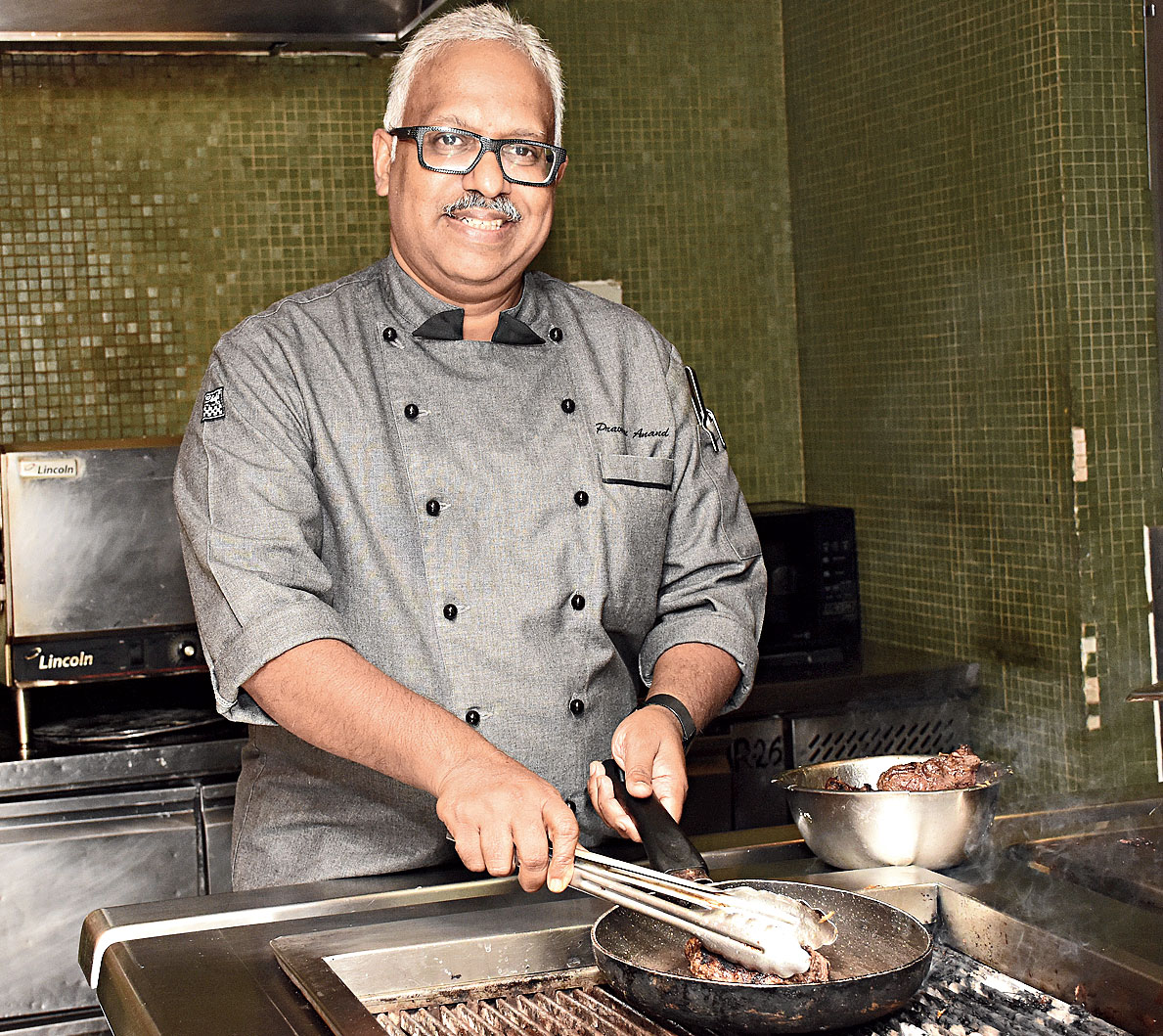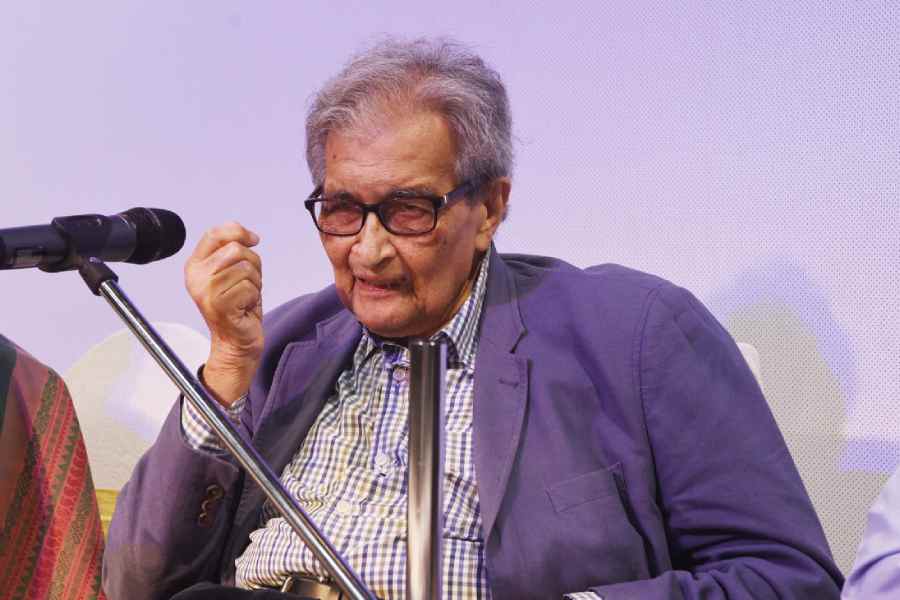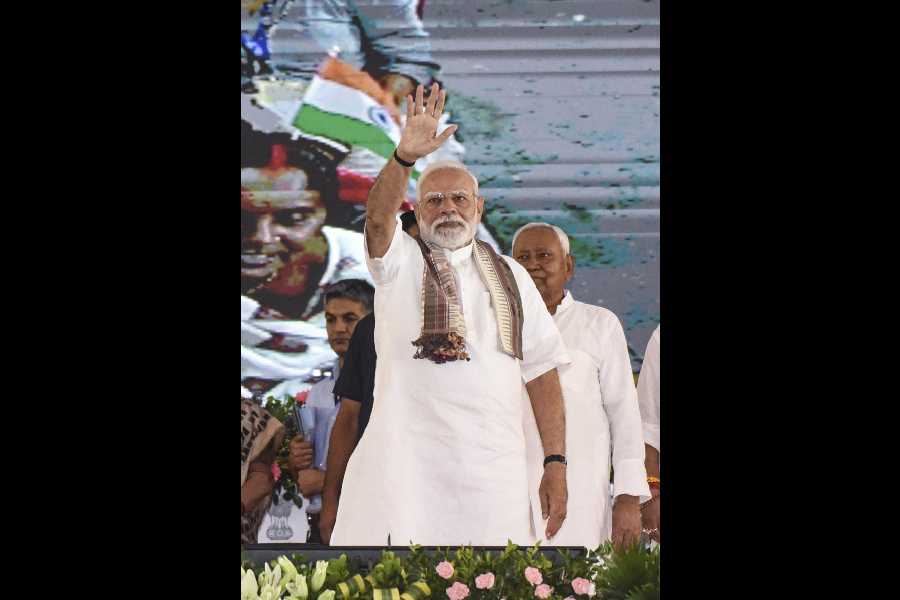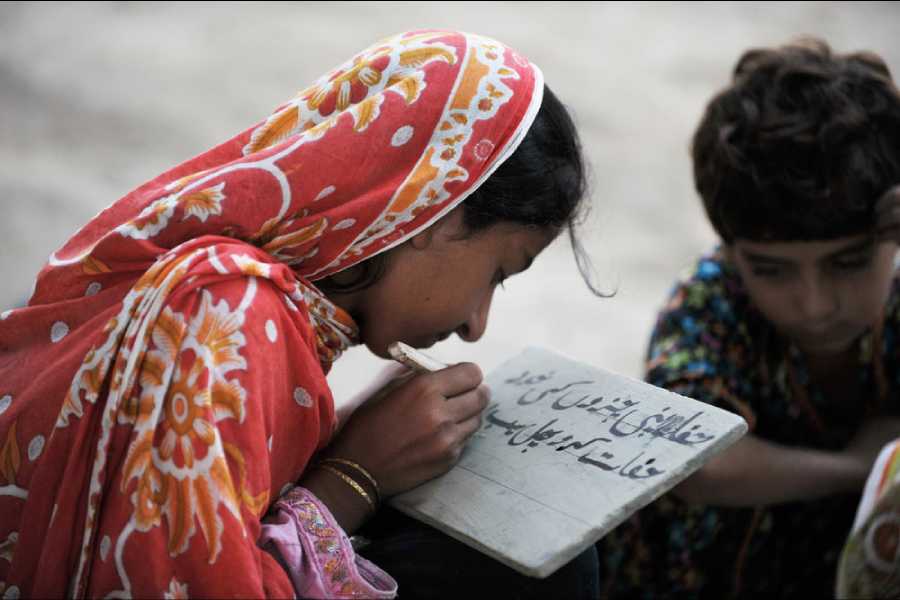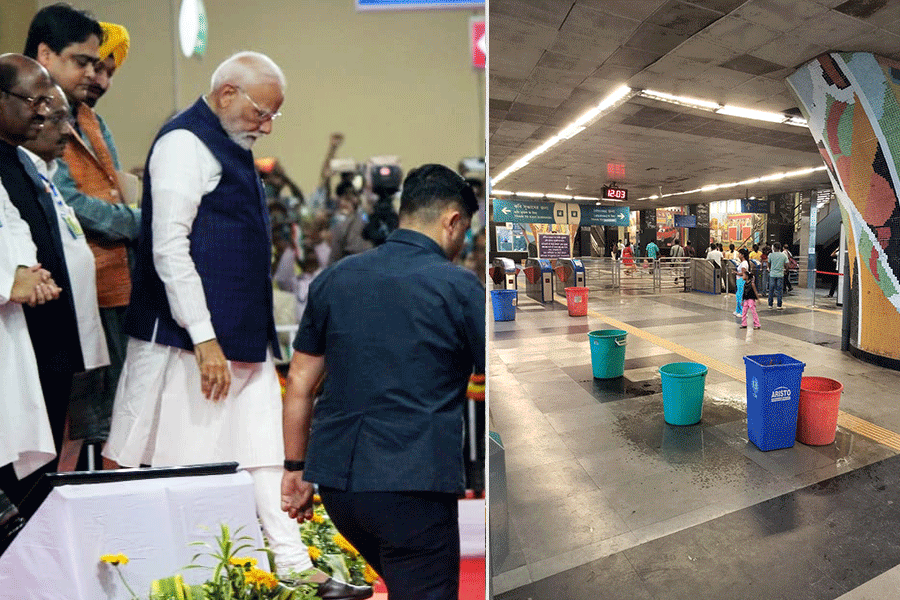
Pictures: Shuvo Roychaudhury
There’s a rich world of flavours and tastes to be discovered in South Indian food beyond the idli and dosa. For Praveen Anand, executive chef of South Indian cuisine at ITC Hotels, it has been a lifelong passion to retrieve and revive the lost recipes of southern India. Some of these hidden gems are up for sampling at Kaleidoscope of Tamil Cuisine, a festival curated by chef Anand that ITC Sonar is hosting as part of the Kitchens of India initiative. The dinner platter has food from communities and regions such as Chettinadu, Tamil Sahibu (Tamil Muslims), Kongunadu, Thanjavur Marathas and Modaliar.
“Kaleidoscope of Tamil Cuisine is a feast of traditional delicacies from Tamil Nadu. These are drawn from the homes of the different communities, presented by ITC Hotels’ initiative of Kitchens of India. And in keeping with our ethos of Responsible Luxury, we ensure authentic flavours using fresh organic produce at all times,” said Atul Bhalla, area manager east, ITC Hotels and general manager, ITC Sonar.
t2 caught up with chef Anand over lunch at Eden Pavilion.
What: Kaleidoscope of Tamil Cuisine
Where: Eden Pavilion, ITC Sonar
On till: July 29
Timings: 7.30pm to 11.45pm
Pocket pinch: Rs 2,000 per person (all inclusive) Special community cuisine thalis are available on request with prior reservation. Call 03323454545.
You love reviving and preserving traditional recipes. How has your own background influenced your work?
From a complete rebel to a complete believer. No one could give me a proper reason as to why certain traditions are followed. But today, after so much of travel and study of communities and lifestyles, I have come to understand the diversity of this country and completely respect the traditions.
Which are some of the dishes you have revived that you are proud of the most?
I have only recreated. Ingredients like urad dal wasn’t endemic to this region but on the other hand, moong was. Ayurveda had the art of fermentation but the Indonesians knew the art of steaming. And idli is an import of that. It’s not from the South; it’s an import. But vada was very much from the South. Probably they used moong lentils to make it first, but later when urad dal came in, moong became the basic ingredient for making vada. You have this reference as early as the second and third centuries BC.
Do you feel the umbrella term ‘South Indian food’ can sometimes be problematic as it blurs the distinct identities of the food of each of the southern regions?
What we are presenting now is a kaleidoscope of Tamil cuisine. We chose five regions and communities to highlight. Very peculiarly, while the South is similar in many ways, it is totally dissimilar too. The food in Kerala is very different from that in Andhra. It’s the use of spices, souring agent and oils which makes them different. While in Kerala mostly coconut oil and ghee are used in cooking, in Karnataka, coconut oil, ghee and gingelly oil are predominantly used. Andhra and Tamil Nadu are similar since they use gingelly oil, groundnut oil and ghee.... The difference also lies in the interpretations and the treatment of spices because the spices used are usually the same. Not many people are aware of these thing and maybe that’s why it does get blurred.
Which ingredients are integral to South Indian cooking?
It depends on the preparation. In non-veg dishes, more spices are used than in vegetarian dishes. You use garam masala mostly in non-vegetarian food. You will find green cardamom, cinnamon, clove, bay leaf, turmeric leaves and something called kalpasi or black stone flower that you will find in the South. For vegetarian dishes, tempering is done with mustard, cumin and fenugreek. The souring agents vary... tamarind, kokum or tomato.
A myth you’d like to bust about cuisines from the South?
There are lots. Things like “food is very spicy” or “very tangy”… not everything is spicy or sour. There are grades of sourness, spice and chillies.
Do you think the term ‘authentic’ stands true when it comes to food in this day and age?
Food has to be true to its roots…true to the cooking styles. You will only find traditional food in homes. How many people are actually translating them and bringing it to the hotels? That has been the hallmark of ITC hotels.
A recipe that has been running through generations in your family...
Very simple stuff. Dal, rasam… but they used to make many things. My grandmother had one old book and used to read out from there and make certain dishes.
How difficult is it to source forgotten recipes? How do you ensure that they are kept as traditional as possible?
It is very, very tough. Usually, there’s no way to authenticate it but I can give you proof. There’s one research library in Chennai called Roja Muthiah Research Library where if you look up ‘cookbooks’, you will find quite a lot… all in Tamil. In fact, there’s a belief that King Nala had written the first cookbook. That’s the lore we have all heard. It’s written in Sanskrit and every dish that’s given also mentions what effect it will have on your body. It’s very scientific. I own such copies.
Over the years, what has been your most enriching experience?
Everywhere I go it’s a completely different environment. It’s really difficult to cook our food abroad. To make the same curry is the biggest challenge!
Your top tips to cook a South Indian dish...
Follow the recipe, don’t over-spice and don’t go with preconceived notions.
Fun facts:
• The word ‘idli’ is derived from the word ‘edi itti de’ meaning ‘set has been steamed’
• Sambar from ‘samba ahar’ meaning ‘food made for Sambha, the son of Shivaji’
• Dosa came from ‘tosai’ meaning ‘to apply’
Favourite ingredients to cook with: I use a lot of garlic. I am also very particular about what kind of chillies I am using.
Best dish cooked by your wife: Stuffed brinjal curry.
Favourite South Indian restaurant: Dakshin! (Laughs) I love to eat mess food. But Madurai is my favourite; there you will find food 24x7. All South Indian, and in fact, Saurashtrian food too. Madurai has got a great culture of small messes.
Favourite South Indian dish: I look for rasam, rice and a dry sabzi to go with it. These are my favourites. Among meats, I like fish and mutton.


